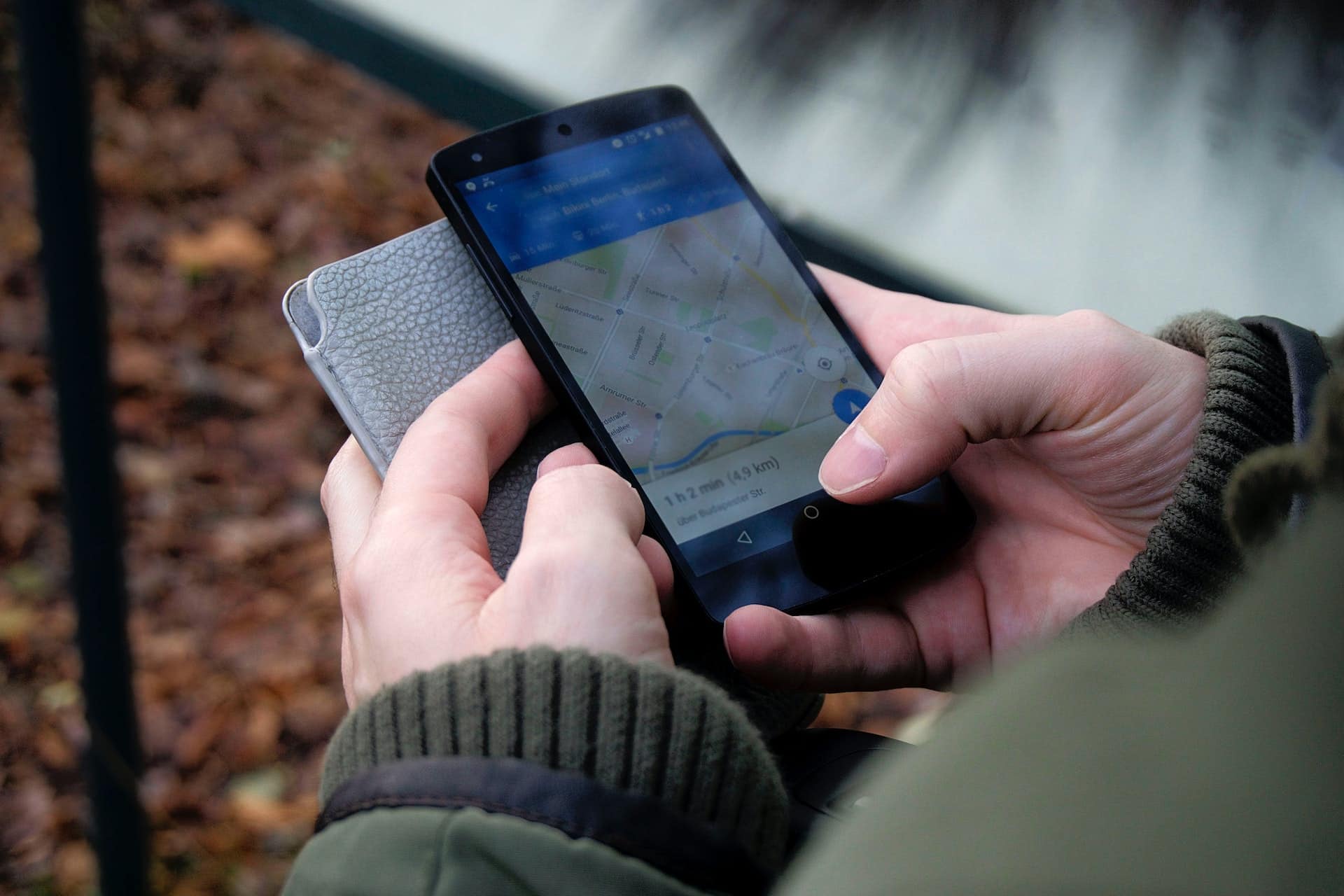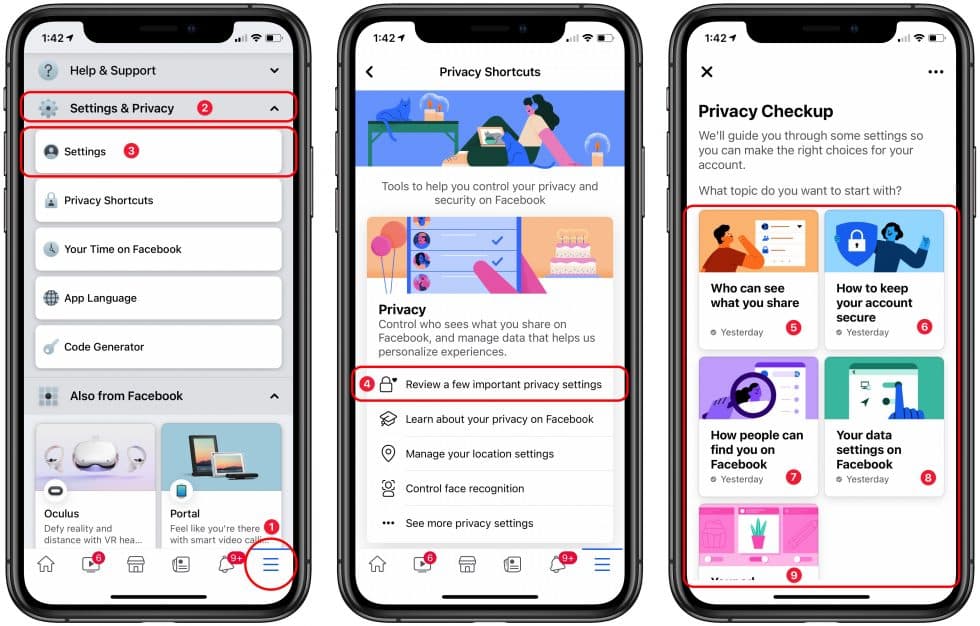As parents, we all want to share our children’s milestones with the world. We take photos of them at birthday parties, post their first day of school pictures, and share their accomplishments with our friends and family. What we often don’t think about is how these posts can put our children’s security and privacy at risk.
With the rise of social media, it’s become easier than ever for strangers to gain access to our children’s personal information. Social media posts can also be used to target and bully our children, which can lead to serious emotional and psychological damage.
To protect our children’s safety and privacy, it’s important to be aware of the risks associated with sharing too much about them on social media. Here are a few tips on how to avoid oversharing and keep our children’s welfare and cybersecurity intact:

1. Don’t share your child’s location. Avoid tagging your child’s exact whereabouts, including their school and home address, in any posts you share.

2. Don’t share personal details. Refrain from sharing your child’s birth date, phone number, or any other identifying information.

3. Keep an eye on your privacy settings. Always check that your privacy settings are up to date and adjust them if needed.

4. Consider using a pseudonym. Consider using a pseudonym or nickname for your child when posting about them, as it can help protect their identity.

5. Monitor your child’s activity. Regularly monitor your child’s activity on social media and be aware of who they are interacting with.
By following these tips, you can help ensure that your child’s welfare and privacy remain protected. Don’t put your child’s safety at risk by oversharing online—take the time to thoughtfully consider what you’re sharing and how it could affect your child.






